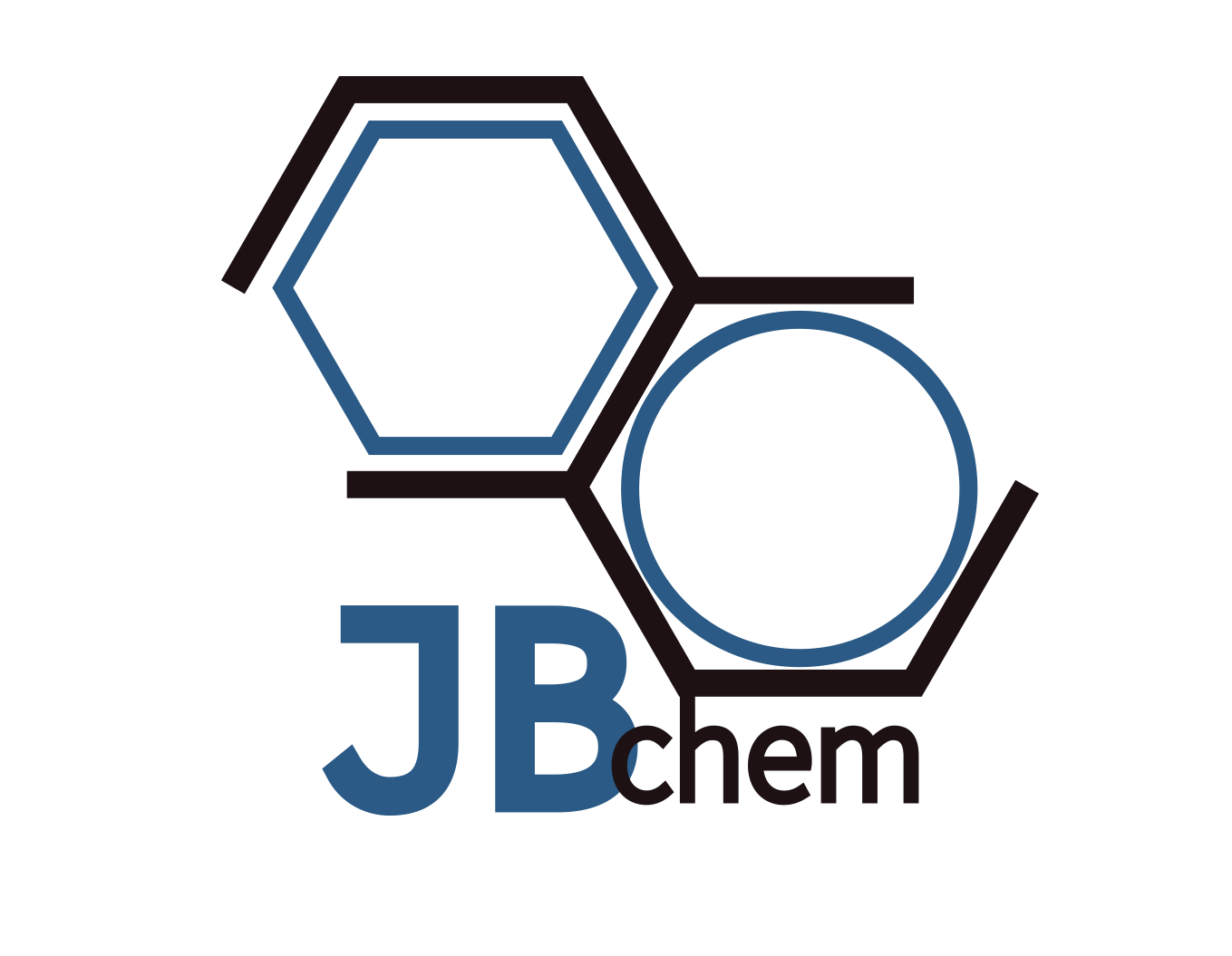Product Properties
Name: Lanthanum Nitrate
Formula: La(NO3)3.6H2O
CAS No.: 10277-43-7
Molecular Weight: 432.92
Melting point: 65-68 °C
Appearance: Off-white crystalline
Specification of Lanthanum Nitrate
| La2O3/TREO (% min.) | 99.999 | 99.99 | 99.9 | 99 |
| TREO (% min.) | 37 | 37 | 37 | 37 |
| Rare Earth Impurities | ppm max. | ppm max. | % max. | % max. |
| CeO2/TREO Pr6O11/TREO Nd2O3/TREO Sm2O3/TREO Eu2O3/TREO Gd2O3/TREO Y2O3/TREO | 5 5 2 2 2 2 5 | 50 50 50 10 10 10 50 | 0.05 0.02 0.02 0.011 0.001 0.001 0.012 | 0.5 0.1 0.1 0.1 0.1 0.1 0.11 |
| Non-Rare Earth Impurities | ppm max. | ppm max. | % max. | % max. |
| Fe2O3 SiO2 CaO CoO NiO CuO MnO2 Cr2O3 CdO PbO | 10 50 100 3 3 3 3 3 5 10 | 50 100 100 5 5 5 5 3 5 50 | 0.005 0.75 0.25 | 0.012 0.05 0.05 |
Catalysis: Lanthanum nitrate is used as a precursor for the synthesis of lanthanum-based catalysts. These catalysts are employed in a variety of chemical reactions, including petroleum refining, the production of fine chemicals, and environmental catalysis for the removal of pollutants from exhaust gases.
Material Science: It serves as a starting material for the production of lanthanum-containing materials, such as ceramics, glasses, and lanthanum-doped compounds. These materials often exhibit unique optical and electronic properties, making them useful in electronics, optics, and photonics applications.
Water Treatment: Lanthanum nitrate is used in water treatment processes. When added to water, it reacts with phosphate to form lanthanum phosphate, which is insoluble and can be removed by filtration. This application is particularly valuable in controlling phosphate levels in aquariums, lakes, and water treatment facilities to prevent eutrophication.
Phosphor and Luminescent Materials: As a precursor for lanthanum compounds used in phosphors, lanthanum nitrate is integral to the manufacture of luminescent materials. These materials are used in a wide range of devices, including fluorescent lamps, LEDs, and displays, offering bright and stable luminescence.

